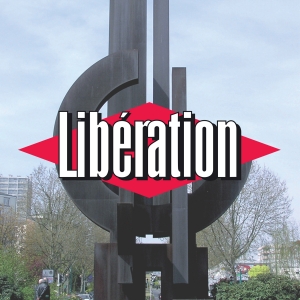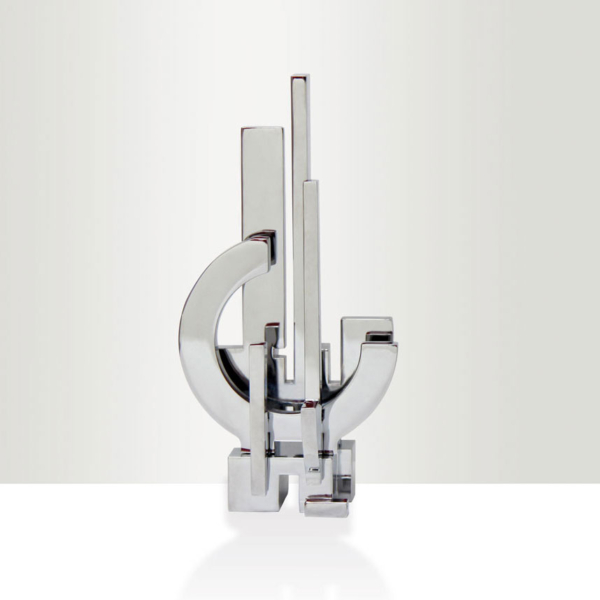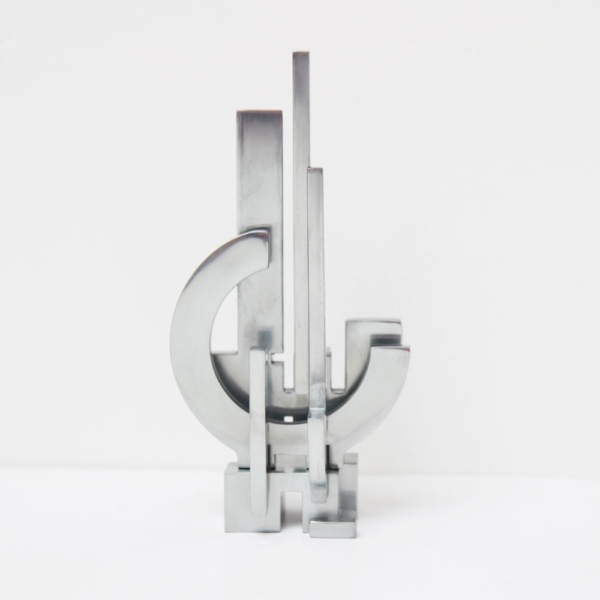
” Marino Di Teana, né en 1920 dans le village de Teana, en Italie (d’où son nom d’artiste), était aussi peintre et architecte, ce qui l’amènera à développer le concept de sculpture architecturale : «Un tableau ou une fresque enrichit la maison et son architecture, disait-il. La sculpture qui fait partie d’un ensemble significatif enrichit la cité et son architecture. Quand on regarde du Louvre à l’Arc de Triomphe, c’est l’avenue, la place, les sculptures et les monuments situés aux endroits névralgiques qui donnent la valeur artistique et significative à cet ensemble. Si on décale les chevaux du Carrousel hors de la perspective, ils perdent leur beauté. Ils restent un corps sans âme.»….”
“Humaniste. Sa formation d’architecte et d’ingénieur confère une rationalité mathématique à son esthétique, laquelle fait preuve d’une rigueur impressionnante et illustre sa philosophie : lutter contre l’art de «bibelots entreposés au-dessus d’une cheminée». Souvent considéré comme un artiste humaniste, il l’est au sens littéral du terme, puisque son obsession pour les proportions extrêmes (des plus petites aux plus grandes), l’amène vers cette idée que l’homme doit accaparer la nature et l’espace, jusqu’à les combler. Faire du vide sa possession….”
Louda BEN SALAH, publié le 7 janvier 2012





